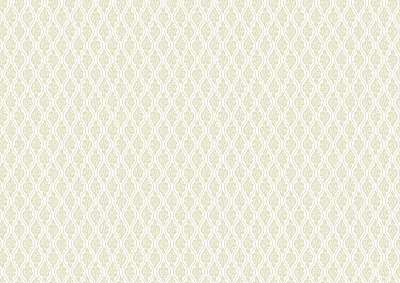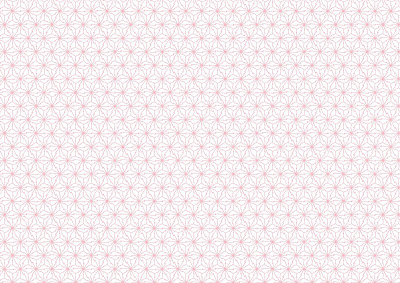Traditional Japanese patterns#2
Today, continuing from yesterday, I would like to introduce some traditional Japanese patterns.
 |
| Kikkou and Mokkou |
Kikkou and Mokkou : In Japan, a hexagonal pattern is called "kikkou". This pattern is based on the shell of a turtle. The pattern that looks like a flower is called "mokkou". Both of these patterns have been used for a very long time.
 |
| Yabane |
Yabane : This is a design based on the "arrow wing" (or "vane" in archery) attached to an arrow. It is a pattern that evokes the image of an arrow flying straight ahead, and is considered to be a lucky design.
 |
| Bun no ji tsunagi |
Bun no ji tsunagi : This pattern is made up of the characters for "Bun" (meaning "literature" or "text") connected together. It was designed by Katsushika Hokusai. There are many patterns in Japan that use characters as their motif.
 |
| Matsunami |
Matsunami : One of the patterns conceived by Katsushika Hokusai. Pine trees are always green and live for over a thousand years, so they are considered to be a lucky tree.
 |
| Tatewaki ( or Tatewaku) |
Tatewaki : A traditional Japanese pattern that depicts the appearance of clouds or steam rising. The name changes depending on what is placed between the wavy lines. This is "kumotatewaki". "Tatewaki" with clouds. It is also often used in bridal costumes.
 |
| Matsukawa-Asanoha |
Matsukawa-Asanoha : One variation of the Hemp leaf pattern. It was very popular among women during the Edo period. Hemp grows quickly and grows straight, so it is also a pattern that expresses the wish for a child to grow up straight.
You can download the pattern I introduced today from my page.https://pixabay.com/users/takuanokaka-48601997/



Comments
Post a Comment